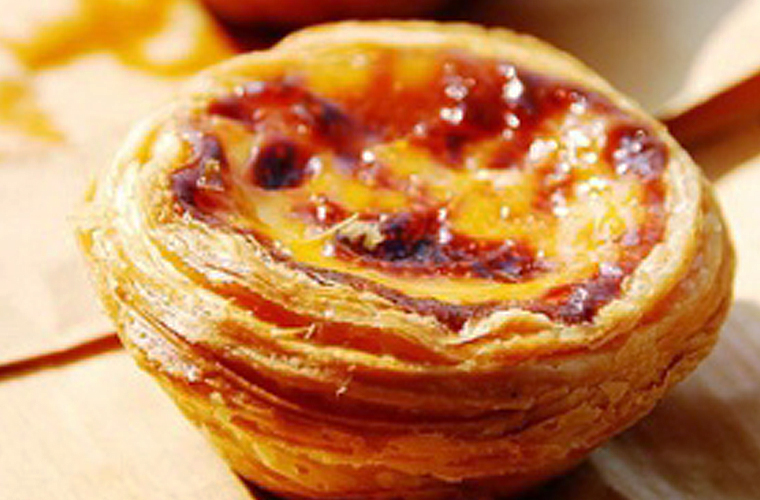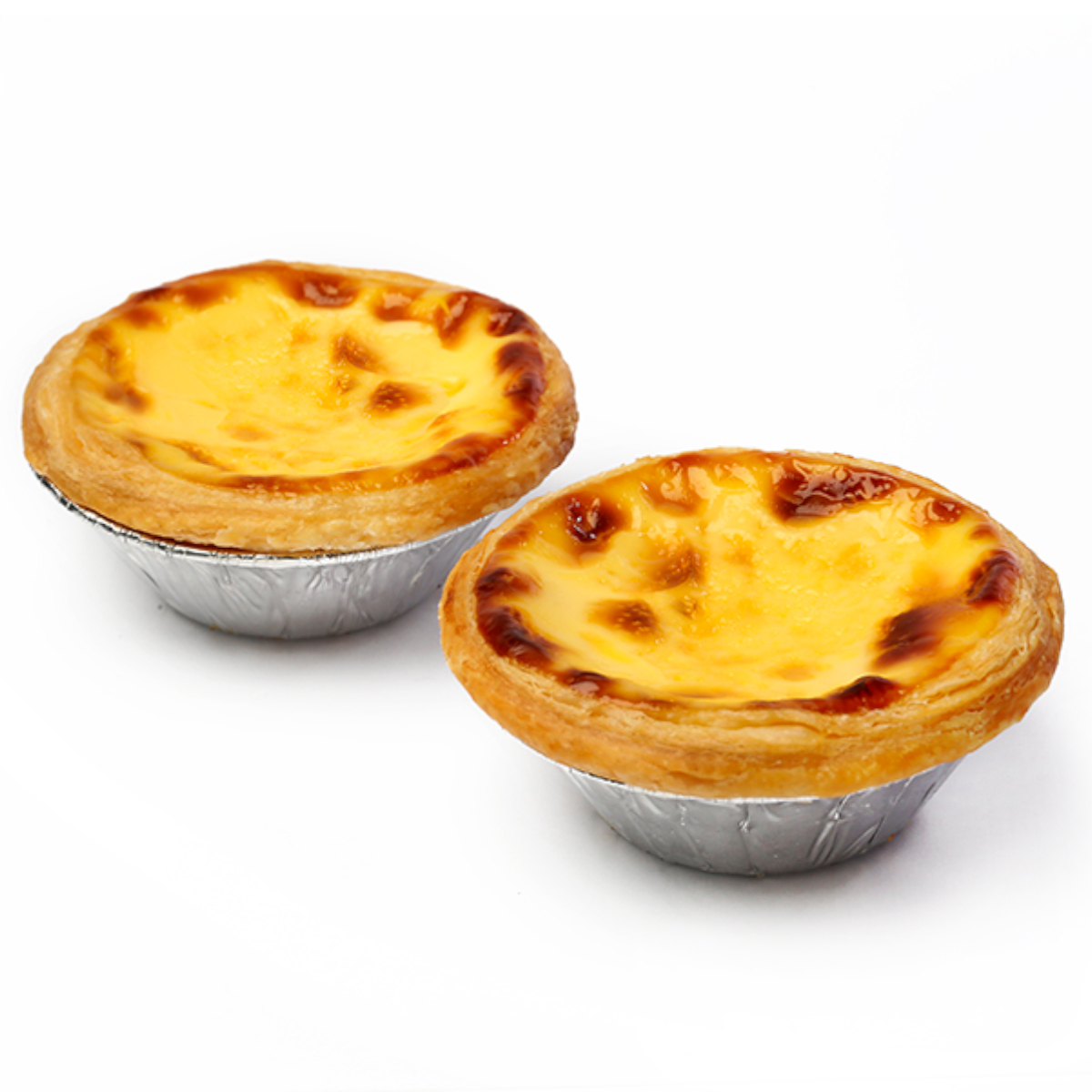

Within those masses of years, the Portuguese imparted their culture, which includes their cuisine. And to get the shells to brown and crisp in the 15 minutes that it takes for the custard to set, you need a super-thin dough in a super-hot oven.


Long before Portuguese egg tarts were invented, the Portuguese had already been traveling and trading in China since 1513. From 1557 to 1999, Macau became a Portuguese colony. Just a three-minute walk from the monastery, they are a must try for anyone keen for a little bite of Portuguese history.īut hey, that is not just the only interesting bit! Because you see… The recipe remains a closely guarded secret, and the tarts sold in this location are known as Pastéis de Belém. But all wasn’t lost because that recipe was then sold to the owners of the Fábrica de Pastéis de Belém, which opened in 1837, and is the most famous place to try custard tarts in all of Lisbon, Portugal. Those custard tarts would be sold as a means of providing funds to sustain their monastery. Soon enough, the monastery monks began to create a secret recipe that would bring their custard tarts to perfection. Place over medium-low heat, continuing to whisk until the mixture begins to coat the sides of the pan. For a wholesome meal and easy weeknight dinner, I recommend the following recipes.The Pastel de Nata, or Portuguese Egg Tarts as we know has a history that goes way back to 300 years, to Jerónimos Monastery in Belém, west of Lisbon. As of today, the same monastery remains a major tourist destination and a UNESCO World Heritage Site. Before it was known as such, it was a busy civil community where nuns and monks at that time, would starch their clothes using egg whites because there was no laundry detergent. That meant there were plenty of egg yolks left for them! Not wanting those egg yolks to go to waste, the monks decided to have them used as the main ingredient in desserts. Make the custard tart filling: Whisk ½ cup heavy cream, ½ cup sugar, 1¼ cup whole milk, 2 egg yolks, 4 teaspoons cornstarch, and 1¼ teaspoon vanilla extract in a small saucepan until the sugar is dissolved. You can always reheat them in the toaster oven the next day for about 10 minutes. Undoubtedly Portugals most emblematic product, our Portuguese Egg Tart follows a traditional recipe and comes in a range of varieties that are suited to. However, if you plan to eat them the next day, make sure to refrigerate them. Wait for 10 minutes, then transfer the tarts into cooling racks for serving. Only fill about 80 and bake for approx 20 minutes until golden brown. You can eat them warm, room temperature, or cold. 7.Assembly and baking: Turn the oven to 220C (428F), pour the egg and cream mixture into the pre-made tart base.

If consuming within the day you make them, you do not need to refrigerate them. Egg tarts on the other hand usually call for evaporated milk and whole eggs. Portuguese egg tarts usually only use egg yolks and heavy cream.
Portuguese egg tart full#
These delicious pastries are made with a delicious outer shell full of egg custard and then baked. Portuguese egg tart (Pastel de Nata) and its religious origins. 20,000 tarts daily at the Secret Room The bakery cafe sells at least 20,000 Portuguese tarts per day. A piece of the Portuguese tart cost Euro 1.10, one is always not enough. The most popular egg tarts that everyone knows and loves are the Portuguese and the Chinese ones. The browned patches on top are a result of the baking process so need not to worry too much. Spread 1/3 of the butter over 2/3 of the square using a silicone spatula, leaving a 1/2-inch border. Roll dough into a square about 1/8-inch-thick, dusting with flour as necessary dough should still be sticky. From Portuguese, to Chinese, to Brazilian, and British – these tarts are a wonderful delicacy all over the world. Knead for 1 to 2 minutes to form a round. Everyone loves egg tarts, to the point that there are over 10 variations of this one dish.


 0 kommentar(er)
0 kommentar(er)
